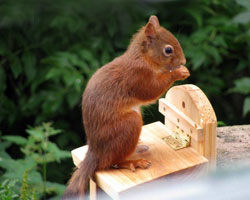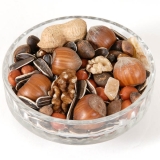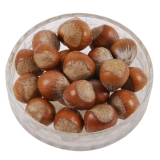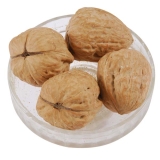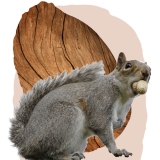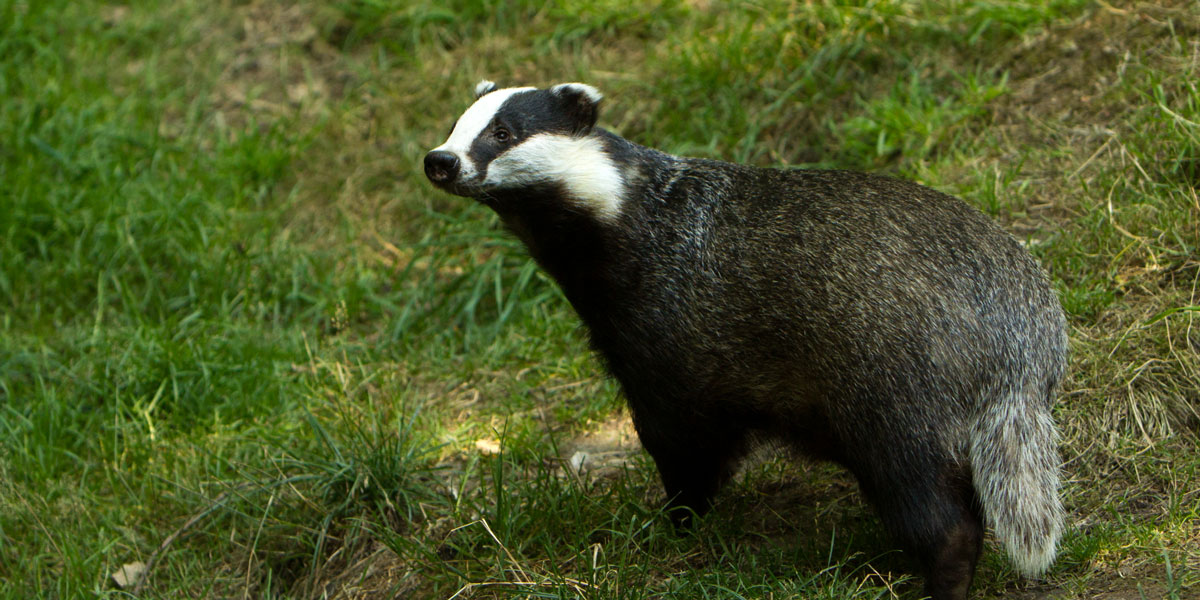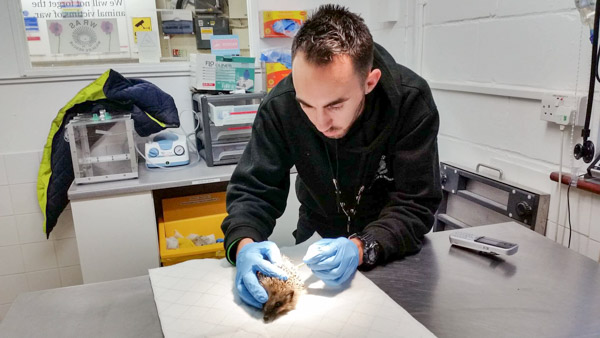Explore Our Garden Wildlife Blog
Browse or search by Category or Keyword below, alternatively click on any Tag to see related articles.
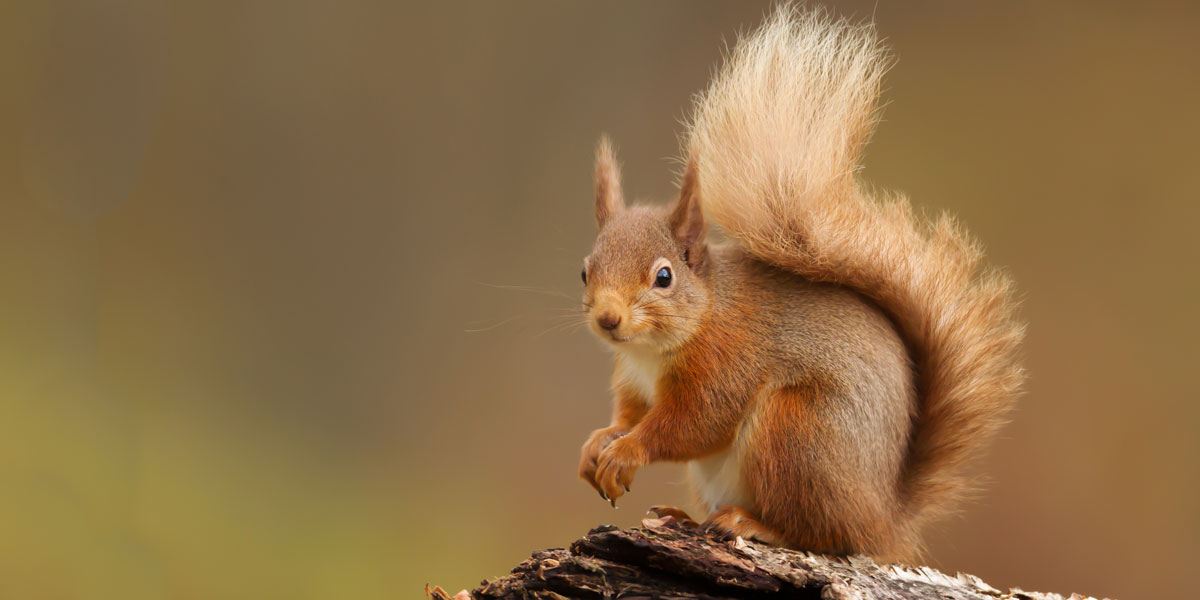

Red Squirrel Identification, Diet, Habitats & Other Facts
By Ark Wildlife
20th August 2013
Last Updated: 13th March 2023
Red Squirrel Identification
Length: 20-28cm
Fur is warm reddish-brown, becoming darker in the winter months. The underside is mainly white throughout the year. It has reddish-brown bushy tail and ear tufts, although these may not always be obvious. A true native to the British Isles, it is smaller than the North American Grey Squirrel and the two species are rarely found in the same locations. With its more specialised diet and smaller size it has been driven out of most parts of the country by its larger cousin, finding refuge on the Isle of Wight, Anglesey and some isolated parts of northern England, Wales and Scotland.
Red Squirrel’s Call
Chattering call is accompanied by vigorous tail flicking.
Red Squirrel Reproduction
Red Squirrels produce 1-2 litters a year between April and September, producing between 3-5 live young.
Red Squirrel Habitat in the UK
Pine forests and parks and occasionally gardens if they have suitable trees.
Red Squirrel’s Diet
The Red Squirrel feeds almost exclusively on pine seeds and nuts, fungi, bark and sap. They are also occasionally known to take birds eggs. We have a great range of the best nuts for squirrels (including shelled hazelnuts) and a specialised mix of red squirrel food to help attract them to your garden.
Where to Feed
Ground Feed – Scatter food in the open – Squirrel Feeders
External sources/references






